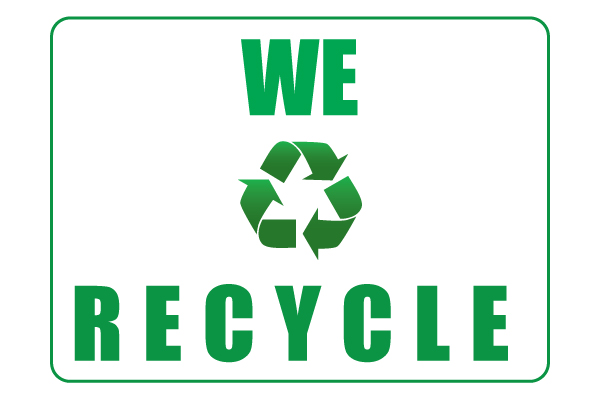How your business can cut costs by reducing waste, Over 9 million tons of waste disposed of in NC each year, Meet customer demand for “green” products and environmentally conscious businesses
From NC State University Extension.
“How Your Business Can Cut Costs by Reducing Waste Water Quality & Waste Management
Introduction
More than 9 million tons of waste is disposed of in North Carolina each year. Commercial and industrial businesses contribute a significant amount of that total. Because of the burden these wastes place on our environment and our economy, steps are being taken to reduce the amount of waste being generated and discarded. This fact sheet explains the state’s waste reduction programs and how your business can benefit. The State of North Carolina responded to the need for better waste management by enacting solid waste management legislation (Senate Bill 111 and House Bill 1109.) These bills establish strategies for reducing solid waste. The methods to be used include reducing the amount of waste produced as well as recycling, reusing, and composting waste materials. State laws also ban certain materials from landfills: yard wastes, whole tires, used oil, lead-acid batteries, “white” goods (stoves, refrigerators, and other large household appliances), aluminum cans, antifreeze, motor vehicle oil filters, wooden pallets, plastic bottles, oyster shells, computer equipment, and televisions. In addition, several counties have established bans or penalties for disposing of some recyclable materials, such as cardboard, in landfills. Our state’s businesses discard a wide variety of materials. Paper, cardboard, and organic materials contribute the largest volume of solid waste, but metals, glass, textiles, plastics, and construction wastes are important components as well.
The Importance of Waste Reduction for Business
By taking steps to reduce waste, a business can
- save money on supplies
- conserve natural resources and energy
- reduce current waste disposal costs and hedge against increased future disposal costs
- meet customer demand for “green” products and environmentally conscious businesses
- avoid adding to the environmental burden caused by producing and disposing of unnecessary materials
- boost employee morale by giving staff members an opportunity to work together on an environmental project
- reduce the risk of future liability associated with the disposal of solid wastes.
How to Reduce-Reuse-Recycle-Compost
Reducing Waste Production
The most direct way to cut your disposal costs is with source reduction: that is, by reducing the amount of waste your business produces. You have less to get rid of if you purchase and discard less material. By analyzing your business’ waste stream, you will probably discover that you can eliminate much of the waste your business produces.
Reusing Waste Material
Reusing products in their present form is a cost-efficient method of reducing waste. It is usually cheaper to clean or repair products so that they can be reused rather than to buy new or recycled ones.
Recycling
Many of the products that cannot be eliminated or reused can be recycled. Energy and natural resources are saved and environmental pollution is reduced when products are made from recycled rather than new materials. Your business can also cut disposal costs greatly by recycling.
Composting
A large amount of the waste stream consists of organic materials such as food scraps and yard trimmings. These materials are also usually the heaviest, and it costs more to remove heavy waste. Composting can take place on-site or at commercial or municipal facilities.”
Read more:
https://content.ces.ncsu.edu/how-your-business-can-cut-costs-by-reducing-wastes




